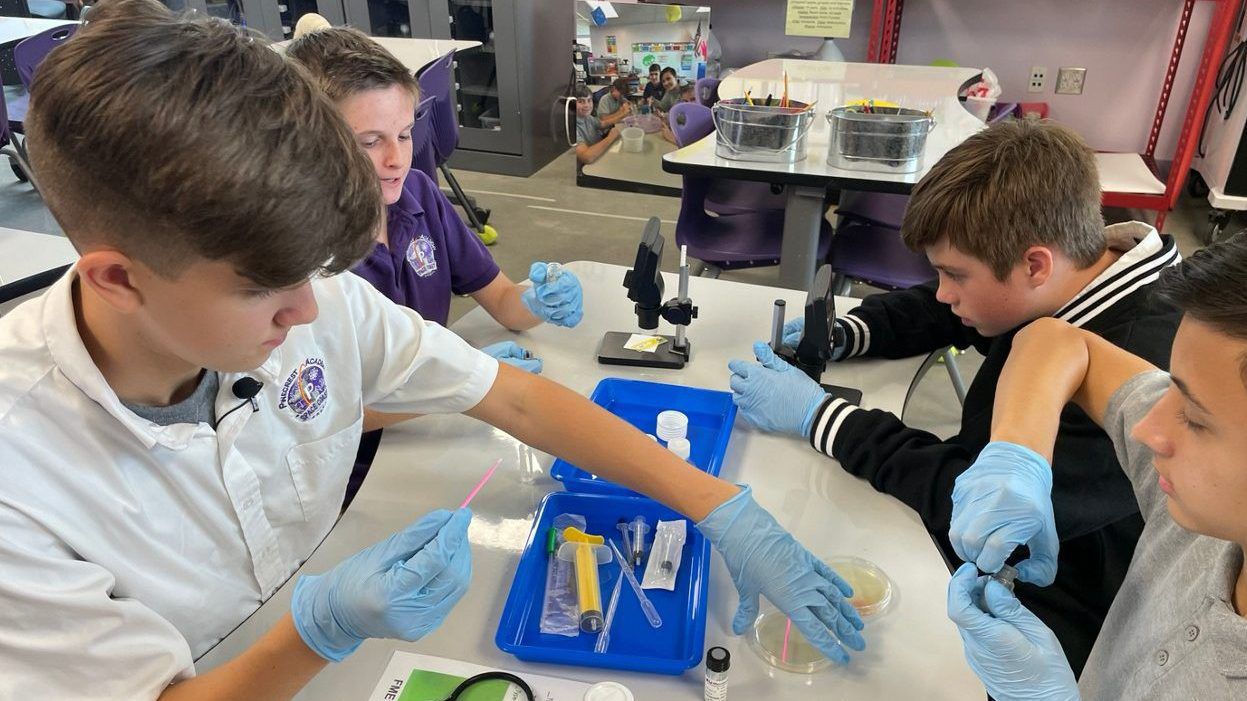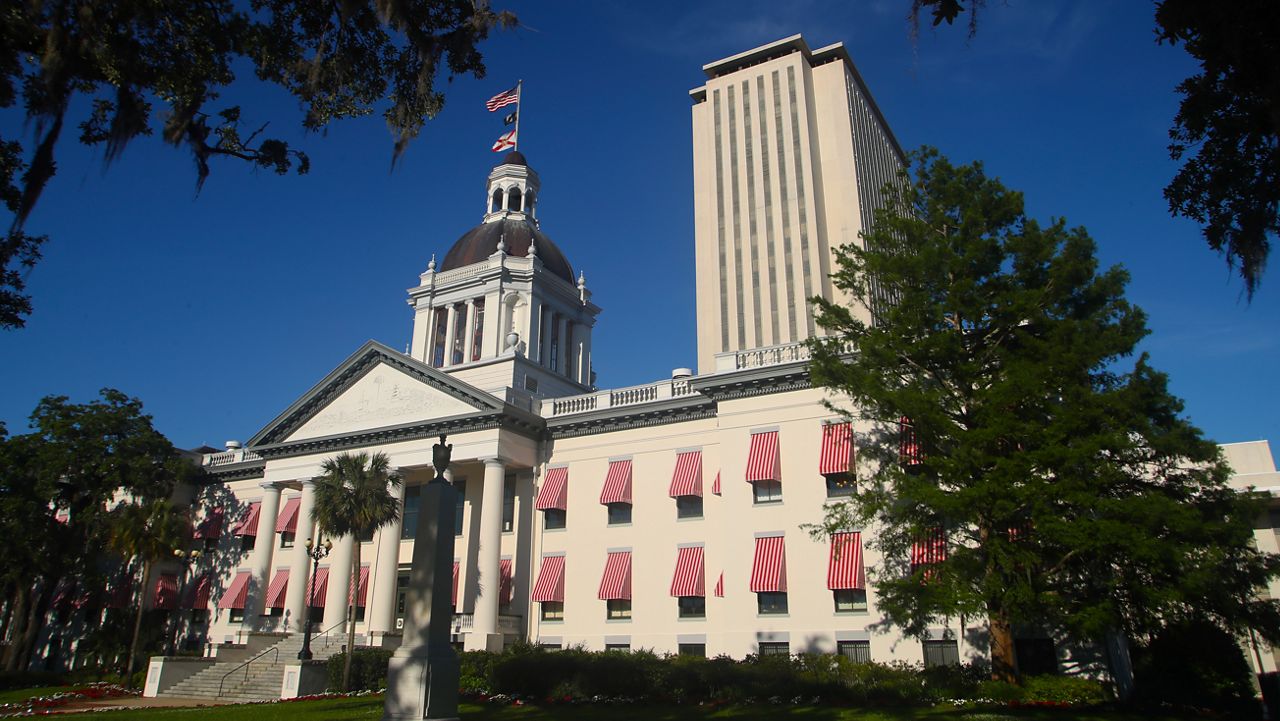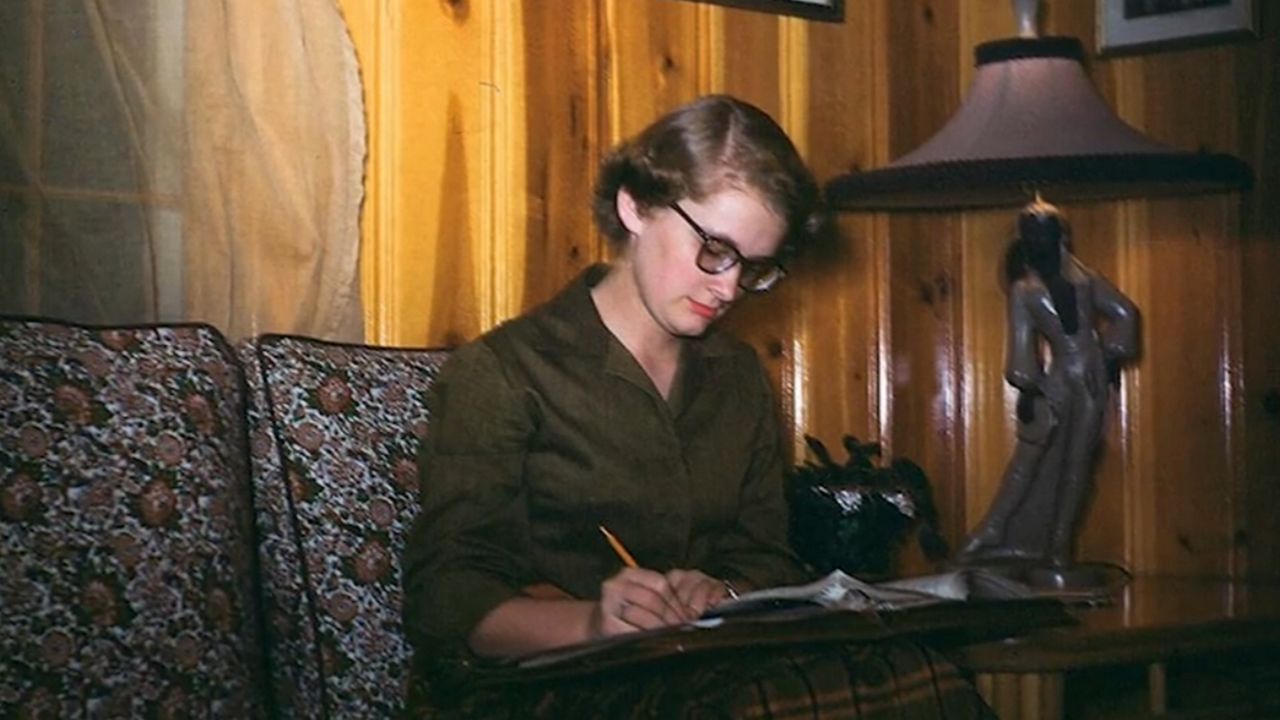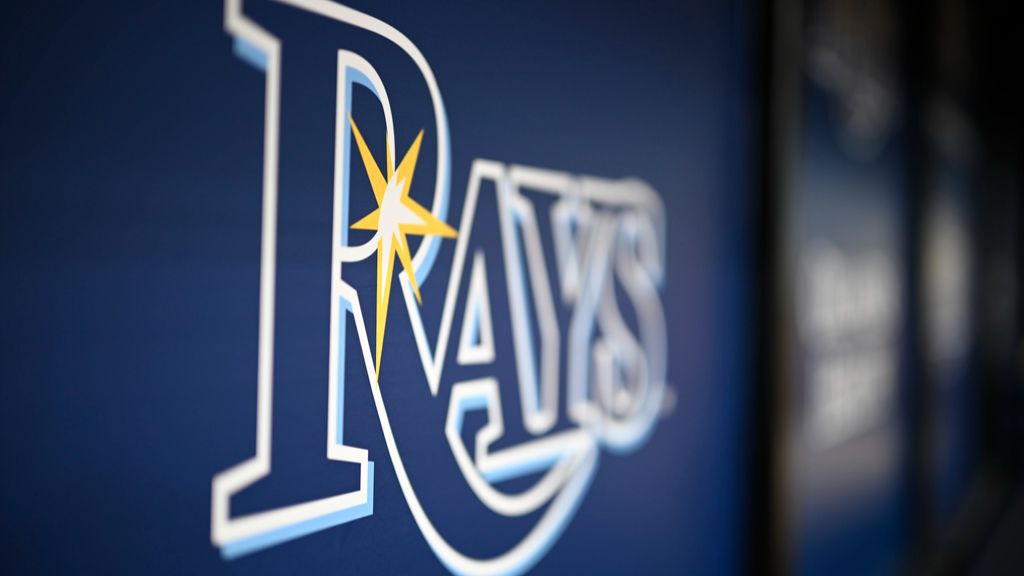MELBOURNE, Fla. — A group of Space Coast middle schoolers are in for some excitement as they prepare an experiment that will soon make its way to the International Space Station.
The team from Pinecrest Academy Space Coast was chosen from more than 12,000 through the Student Spaceflight Experiments Program in partnership with the ISS National Lab.
What You Need To Know
- An experiment put together by students from Pinecrest Academy Space Coast was chosen out of 12,000 submission to travel to the International Space Station
- The experiment is one of 39 that were chosen
- The students say they are testing horseshoe crab blood to see if a key ingredient found in the blood could help future astronauts in space travel
- Mission Details: SpaceX CRS-29
Not only was their experiment one of just 39 chosen, it's the first time Brevard County students are sending something like this to the International Space Station.
Eric Distasi, 14, may just be in middle school at Pinecrest Academy Space Coast, but he says he already knows what he wants to do for a career — his goal is to be a scientist.
He says the allure of science is what he gets out of being there in the moment.
"Having the gloves on, getting to do all this stuff, actually being in the experiment doing all this," he said.
When he was younger, Distasi said he didn't really have any hobbies or interests — a typical day was just playing video games.
He said his passion for STEM only developed a couple months ago when he got a telescope for the first time.
"I started observing planets, and it really built on from there," Distasi said.
But instead of exploring the vast universe, he and his STEM team — known as the "Bacteria Boys" at Pinecrest Academy Space Coast — are going small with their yearlong experiment.
The group is testing horseshoe crab blood to see if a key ingredient found in the blood has the potential to help future astronauts in space travel.
That ingredient — limulus amebocyte lysate, or LAL — is already being used on Earth to screen vaccines for bacteria.
But the students' work has already left the planet, bound for testing in orbit, in the unique microgravity environment of the International Space Station.
"It's actually serving a greater purpose than just some project that we did," Distasi said.
The team's STEM teacher, Consuelo Kirk, said members of the group worked with scientists from Charles River Laboratories, who mentored them along the way.
"It has changed the playing field for them, because they have been able to utilize their individual strengths in the way that they learn and contribute and it's given them an opportunity to achieve and succeed using those real-world experiences," she said.
Distasi said he is excited about the opportunity, and is optimistic that his team's hard work will pay off and develop into a wider benefit for mankind.
"It really could help humanity in the speed in which we do our future missions in space," he said.
The team's experiment launched Thursday night on NASA's CRS-29 cargo mission to the ISS. The SpaceX Cargo Dragon is expected to dock early Saturday morning.








